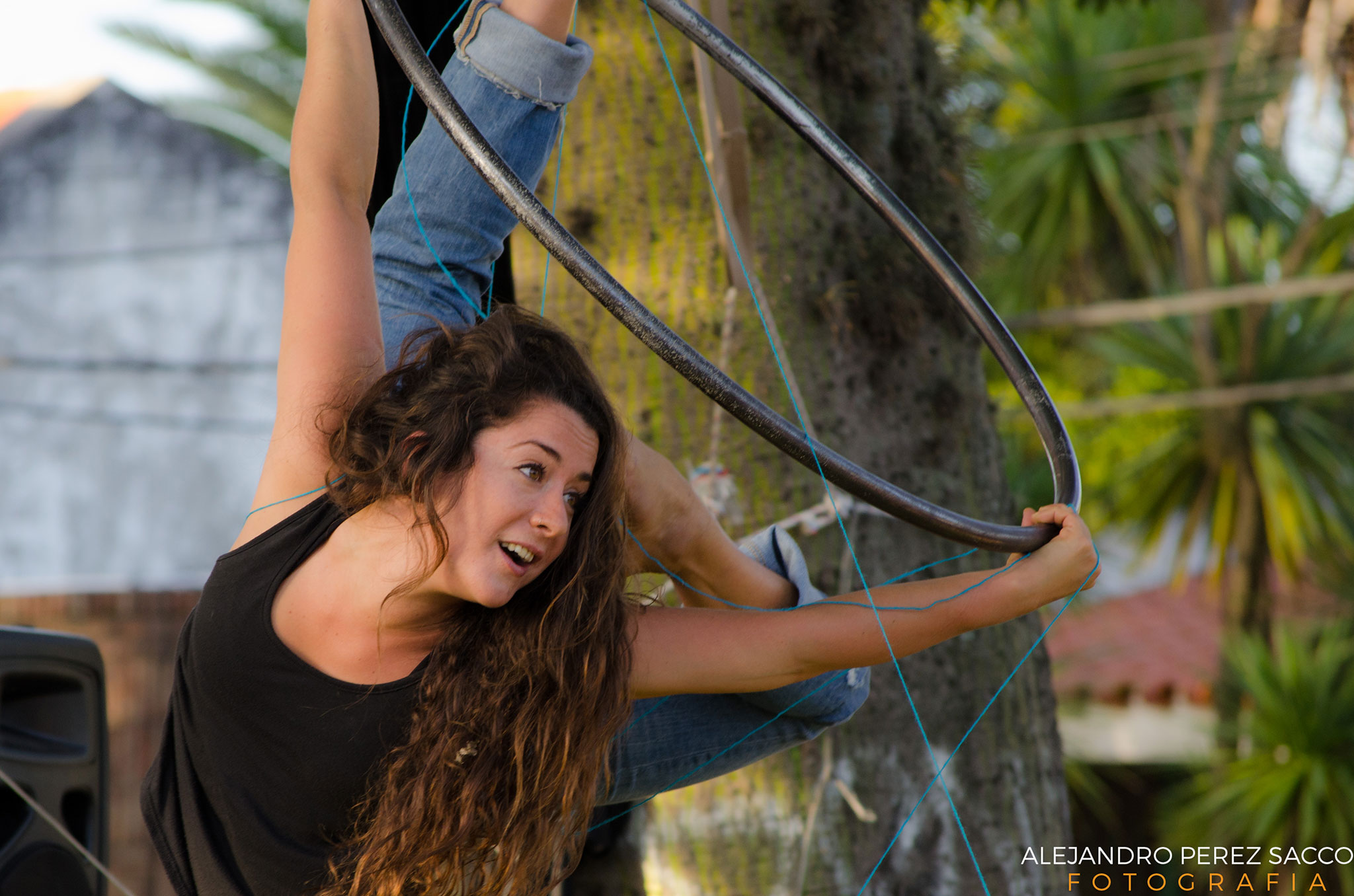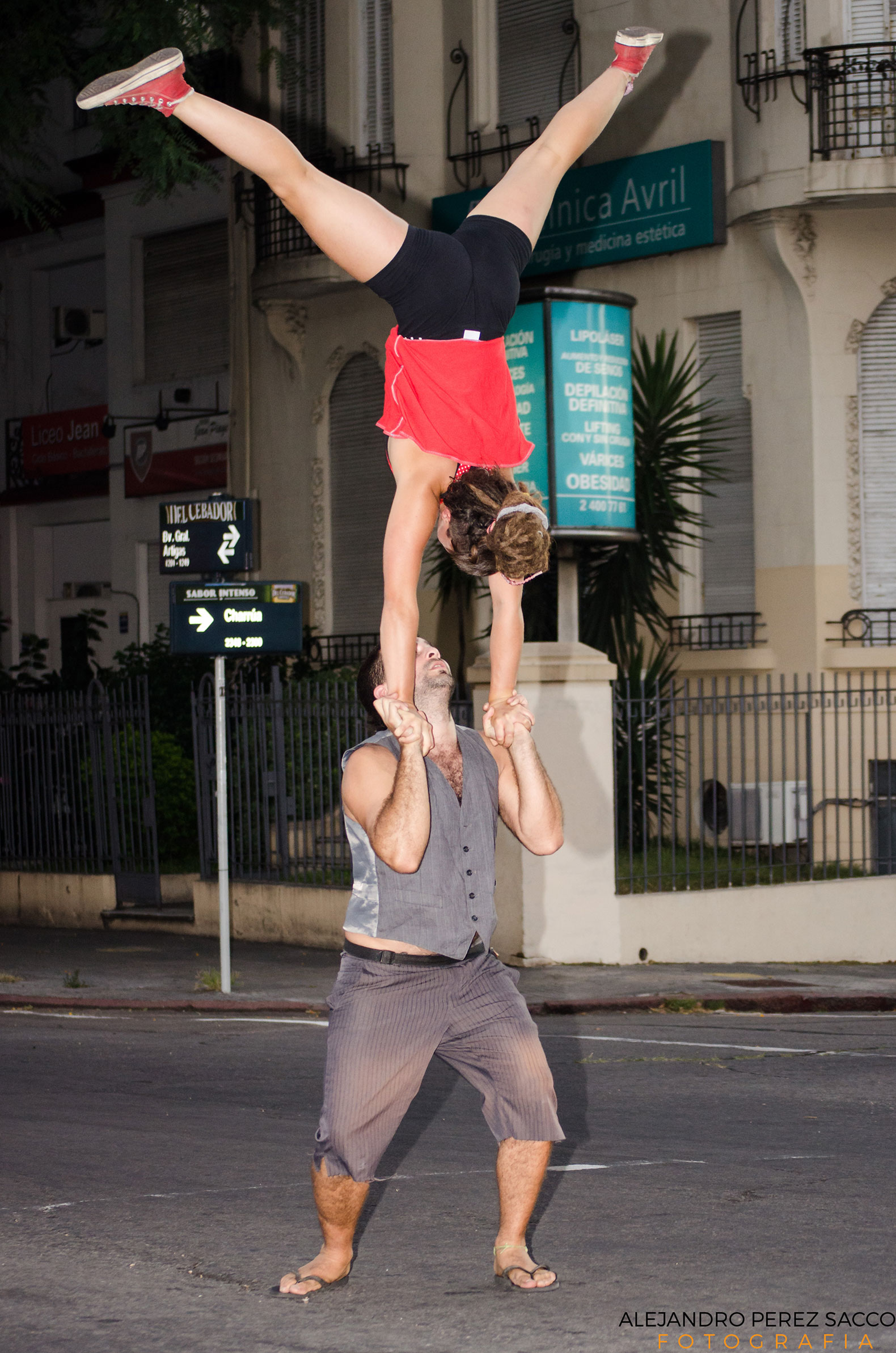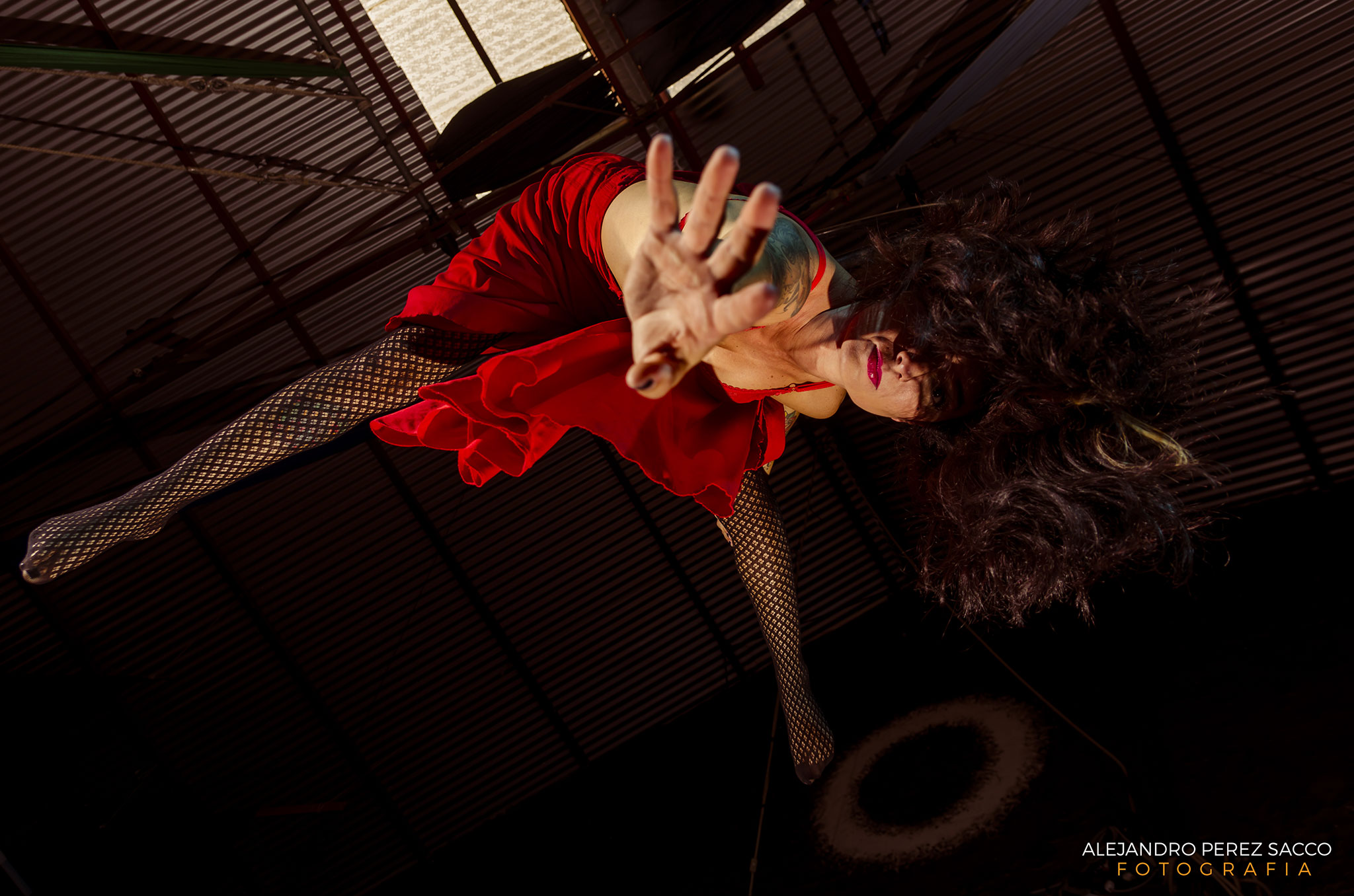Montevideo and street art. Music everywhere
The traditional candombe groups (music originated by black slaves in colonial times) make the drums rumble almost every Sunday of the year, preparing the performance for the next carnival. The urban buses (called "omnibus" by the locals) are boarded by street musicians with careful performances that give the trip a soundtrack in the noisy public transport that runs through the city. Among the passengers, an unwritten rule: the monetary contribution is optional, the applause almost mandatory.
The street circus Parks and traffic lights
In recent years, more and more acrobats, jugglers, clowns, and circus artists in general can be seen in the parks rehearsing their performances and sharing experiences and rounds of mate (the ubiquitous drink in Uruguayan gatherings) among the trees.

Making themselves some room in the disorderly traffic of the city, they offer ephemeral shows in the most busy traffic lights, where these picturesque characters perform dangerous acrobatic feats or demonstrate their skill for juggling in colorful choreographies. Drowned by the short duration of a red light, they are rewarded with a few coins, a friendly beep of the car horn or a smile by drivers and passers-by.
The traditional candombe groups (music originated by black slaves in colonial times) make the drums rumble almost every Sunday of the year, preparing the performance for the next carnival. The urban buses (called "omnibus" by the locals) are boarded by street musicians with careful performances that give the trip a soundtrack in the noisy public transport that runs through the city. Among the passengers, an unwritten rule: the monetary contribution is optional, the applause almost mandatory.
The street circus Parks and traffic lights
In recent years, more and more acrobats, jugglers, clowns, and circus artists in general can be seen in the parks rehearsing their performances and sharing experiences and rounds of mate (the ubiquitous drink in Uruguayan gatherings) among the trees.

Making themselves some room in the disorderly traffic of the city, they offer ephemeral shows in the most busy traffic lights, where these picturesque characters perform dangerous acrobatic feats or demonstrate their skill for juggling in colorful choreographies. Drowned by the short duration of a red light, they are rewarded with a few coins, a friendly beep of the car horn or a smile by drivers and passers-by.

Circus groups and variety shows
Following the growth of this artistic movement, self-managed groups emerged to promote the development of the circus as an artistic discipline in Montevideo. Revitalizing and adapting old abandoned warehouses and disused spaces, these non-profit collectives offer circus classes and perform in variety shows to sustain themselves and show their creations. As a descendant of street performances, the modality chosen is usually "pay what you wish", so that everyone contributes what they can and nobody is left out.



















![Aínda sen título. White Letter [#3] to Narelle Jubelin. (Elena Asins · Narelle Jubelin · Anna Turbau). Photograph by Roi Alonso, courtesy of Galería Nordés Aínda sen título. White Letter [#3] to Narelle Jubelin. (Elena Asins · Narelle Jubelin · Anna Turbau). Photograph by Roi Alonso, courtesy of Galería Nordés](/sites/default/files/styles/mopis_home_news_category_slider_desktop/public/lead-images/metalocus_narelle-jubellin_carta-aberta_22_2p.jpg?h=3b4e7bc7&itok=ALbdeJ3O)








